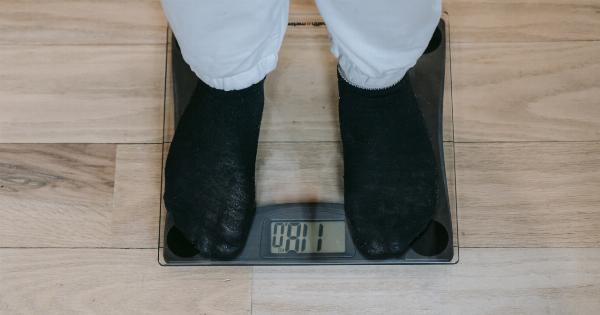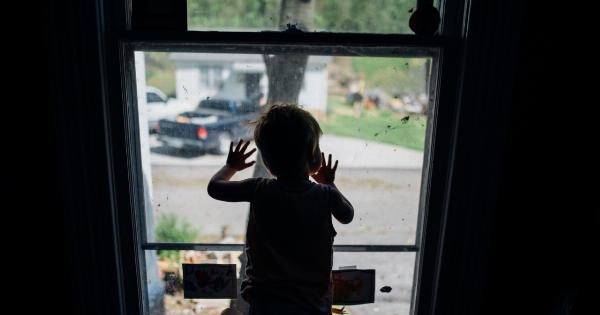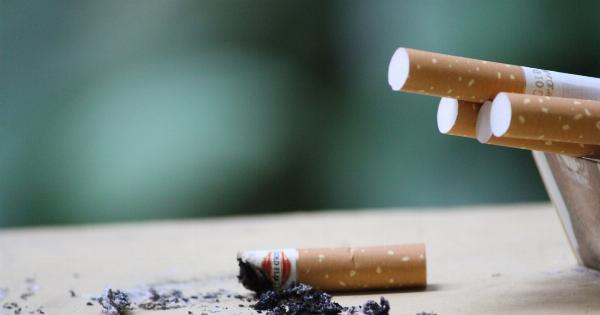Homemade distillates, also known as moonshine, are alcoholic beverages made through the process of distillation. Distillation is a process that concentrates the alcohol in a liquid by heating it until it turns into a vapor.
The vapor is then cooled and condensed back into a liquid, which contains a higher alcohol percentage than the original liquid.
While making homemade distillates may seem like a fun and adventurous hobby, it poses numerous dangers that can have serious consequences. In this article, we’ll explore 10 dangers of homemade distillates.
Danger 1: Explosions
One of the biggest dangers of homemade distillates is the risk of explosions. If a still is not designed properly, pressure can build up inside the still, causing it to explode. This can result in serious injury or death.
It is important to use only properly designed and constructed stills when making homemade distillates.
Fire: Danger 2
The heating elements used in the distillation process can cause fires if not used properly. If the still is not cleaned properly, it can cause a buildup of flammable materials, which can ignite and cause a fire.
Additionally, if the still is heated too quickly, it can cause a fire to break out. It is imperative that all safety measures are followed to prevent fires when making homemade distillates.
Danger 3: Poisoning
Homemade distillates can contain dangerous levels of methanol, which is a toxic substance that can cause blindness, organ damage, and even death. Methanol is produced during the distillation process and can be difficult to separate from the alcohol.
It is important to properly test homemade distillates for methanol before consuming them.
Danger 4: Chemical Contamination
The materials used in the distillation process can contaminate the homemade distillate with harmful chemicals. For example, lead solder used in older stills can leach into the alcohol and cause lead poisoning.
It is important to use only food-grade materials when constructing a still and to thoroughly clean all materials before use.
Danger 5: Overconsumption
Homemade distillates are often much stronger than store-bought alcohol. This can lead to overconsumption, which can cause alcohol poisoning and even death. It is important to consume homemade distillates in moderation and to be aware of their strength.
Danger 6: Lack of Quality Control
Homemade distillates are not subject to the same quality control standards as store-bought alcohol. This means that there is a higher risk of contamination and inconsistency in the alcohol content.
Proper testing and quality control measures should be taken when making homemade distillates.
Danger 7: Legal Consequences
Homemade distillates are illegal in many countries. If caught making or selling homemade distillates, you could face legal consequences, including fines and jail time.
It is important to research the legal status of homemade distillates in your area before attempting to make them.
Danger 8: Addiction
Homemade distillates, like any alcohol, can be addictive. If consumed regularly, they can lead to alcohol dependence and other health problems. It is important to consume homemade distillates in moderation and to be aware of the risks of addiction.
Danger 9: Accidents
The process of making homemade distillates can be dangerous and can lead to accidents if proper safety measures are not taken. Accidents can result in serious injury or death.
It is important to follow all safety procedures when making homemade distillates.
Danger 10: Lack of Expertise
The process of making homemade distillates requires a certain level of expertise and knowledge. If you are not experienced in the process, you may make mistakes that can lead to any of the above dangers.
It is important to educate yourself thoroughly before attempting to make homemade distillates.
Conclusion
Homemade distillates can be a fun and adventurous hobby, but they pose serious dangers that should not be taken lightly. It is important to educate yourself thoroughly and to take all safety precautions when attempting to make homemade distillates.
Remember that the risks involved are not limited to the 10 dangers listed above; there are many additional risks to be aware of.






























